How Interior Design Affects Mood.
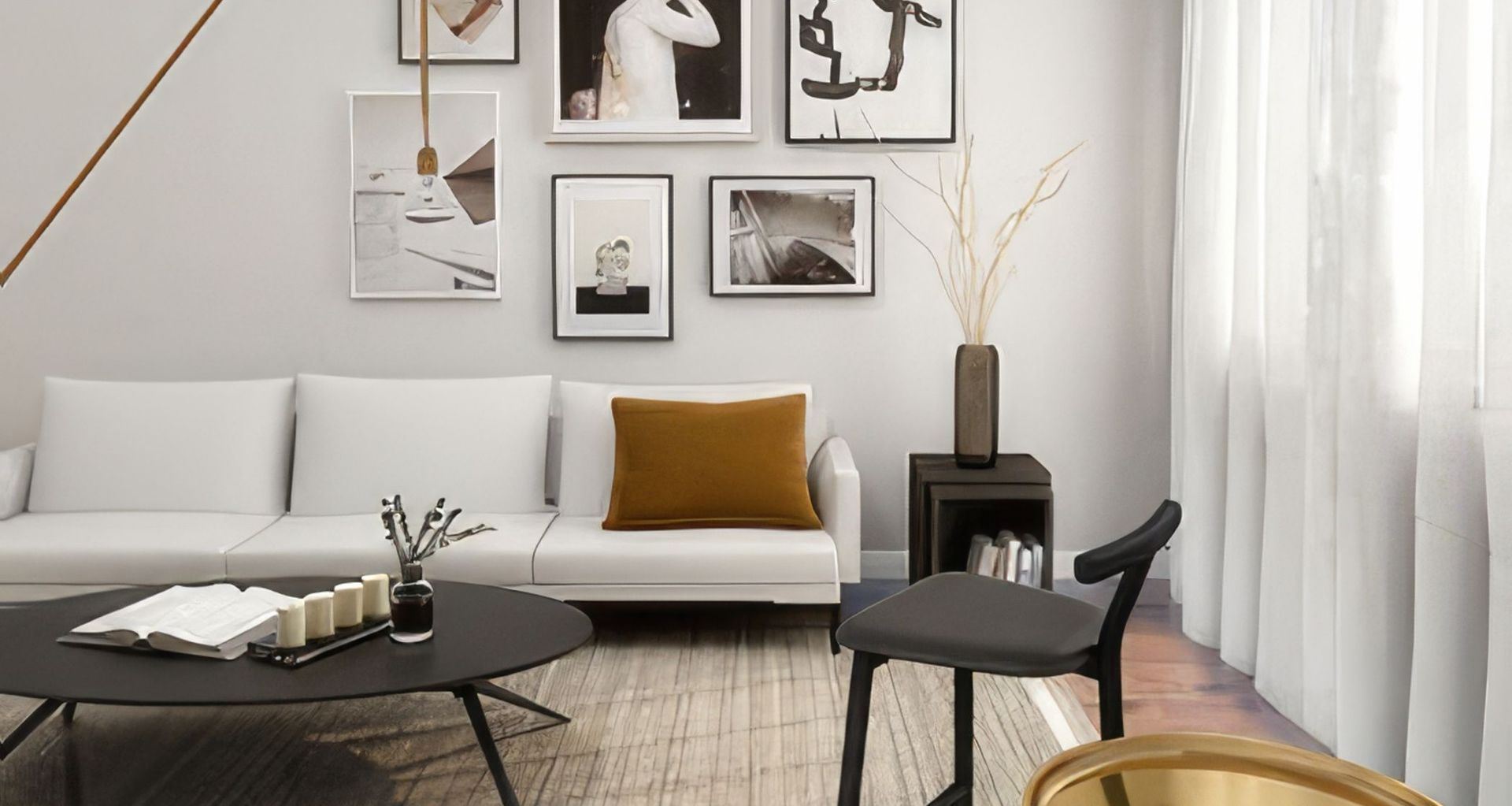
Interior design can have a significant impact on mood and emotions. The way a space or home interior is designed, organised, and decorated can influence how people feel and behave within that environment. Some ways in which interior design affects mood:
Tip #1 - Colour Psychology:
Colours can evoke various emotions and moods. Warm colours like red, orange, pink, and yellow can create a sense of energy and excitement, while cooler colours like blue and green can induce feelings of calmness and relaxation. The right colour choices in different rooms can set a desired mood. Inspiration for colour can be taken from the natural environment, increasing our connection and familiarity with our personal spaces.
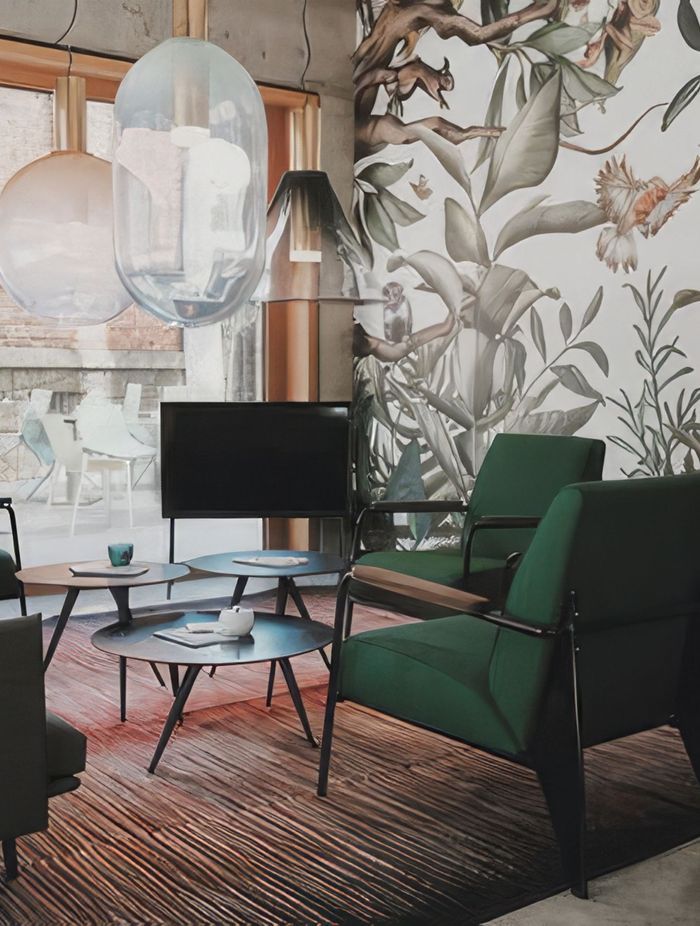

Tip #2 - Lighting:
Proper lighting is crucial for setting the mood in a space. Natural light can promote positivity and well-being, while dim lighting can create a cozy and intimate atmosphere. Harsh lighting may cause discomfort and stress. Sometimes when lighting is off it creates an overall feeling of unease in the home interior that can be hard to pinpoint. For flexible use of each space, several times of lighting should be incorporated.
Ridley Scott's film Blade Runner is an exceptional example of how lighting can create mood and emotional impact.
Tip #3 - Spatial Layout:
The layout of furniture and objects can influence how people interact and move within a space. An open and well-organised layout can promote a sense of freedom and ease, while cluttered or cramped spaces may lead to feelings of anxiety or unease. Each piece of furniture within the space should have space to breathe, sofas should have space between the wall behind it. Rugs should make friends with the seating arrangement, wrapping under the legs and around the edges – too often when a rug does not the seating it gives the space a harsh edge for the eye to catch on instead of letting the eye wander seamlessly from texture to texture.
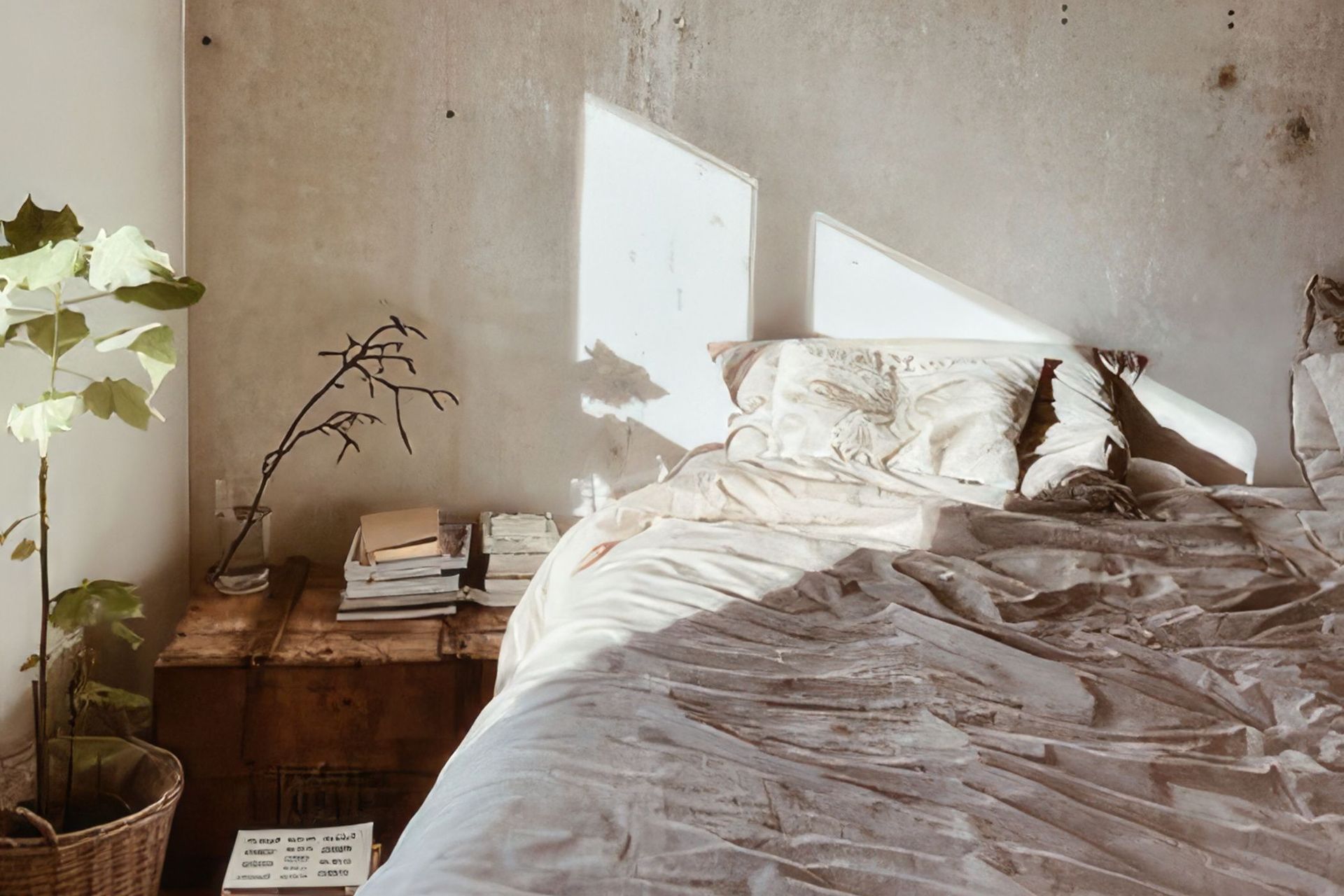
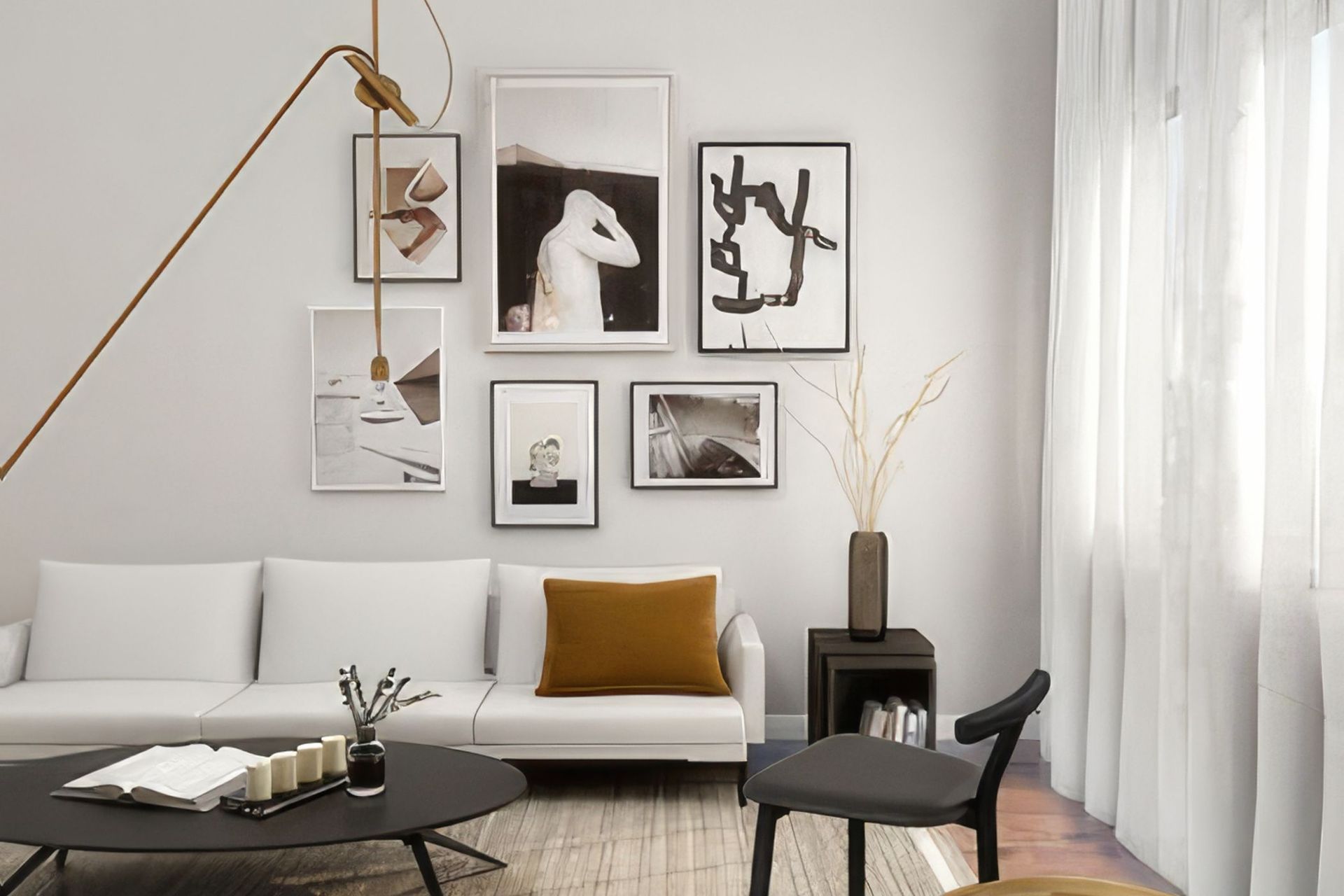
Tip #4 - Texture & Materials:
The texture of surfaces and materials used in interior design can also impact mood. Soft and comfortable textures can create a cozy and inviting ambiance, while harsh or uncomfortable textures may lead to discomfort. Understand the mood you want to explore before making choices about soft furnishings.
Tip #5 - Personalisation:
Spaces that reflect an individual's personality and preferences tend to have a positive effect on mood. Personal touches like favourite books, artwork, or sentimental items can make a space feel more comforting and familiar.
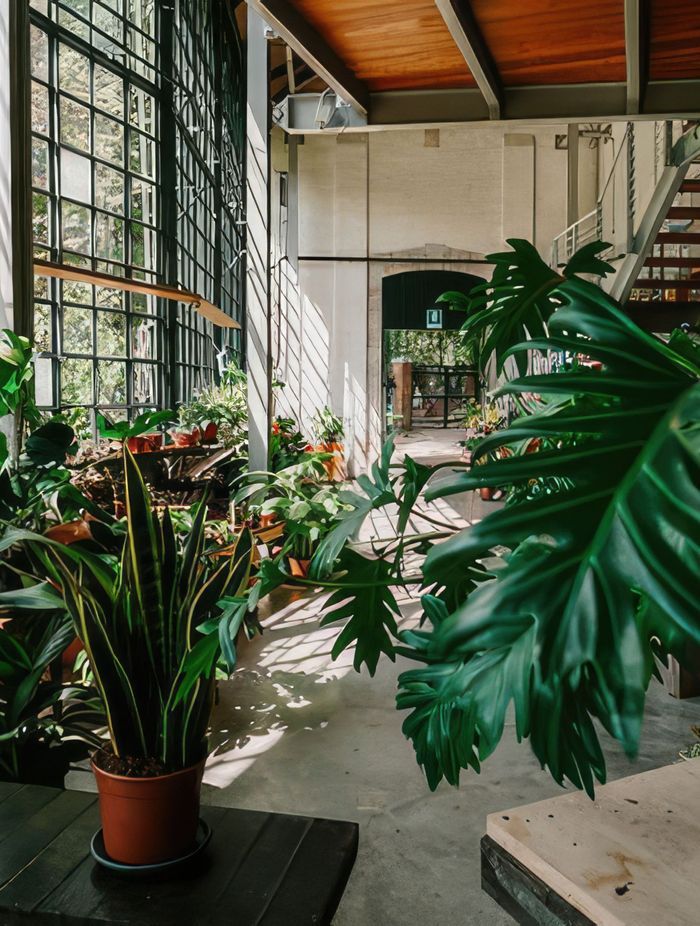
Tip #6 - Biophilic Design:
Incorporating elements of nature into interior spaces, known as biophilic design, can have a calming and rejuvenating effect on mood. Natural elements like plants, water features, and natural materials can help reduce stress and improve overall well-being, not to mention a reduction in VOCs as well as improved air quality.
Tip #7 - Acoustics:
Sound can significantly impact mood. Spaces with excessive noise levels can lead to feelings of irritation and stress, while well-controlled acoustics can create a tranquil and peaceful environment. When designing spaces, it is best practice to separate kitchen, living, and dining spaces from the bedrooms and studies wherever possible.
Tip #8 - Functionality:
When a space is designed to cater to its intended purpose, it enhances efficiency and comfort, leading to a positive mood. For example, a well-designed home office can improve productivity and reduce work-related stress.
Tip #9 - Balance & Harmony:
A well-balanced and harmonious interior design can promote a sense of serenity and peace, while chaotic or uncoordinated designs may cause restlessness.
Overall, interior design can significantly affect mood and emotions, making it essential to consider the psychological impact of design choices when creating living and working spaces. A thoughtful and well-designed environment can lead to improved well-being and a more positive overall experience. Optimal environments not only impact how we feel in a particular space but also the interactions we have within the space which has the ability to enhance our relationships, decrease conflicts and improve mental health.
